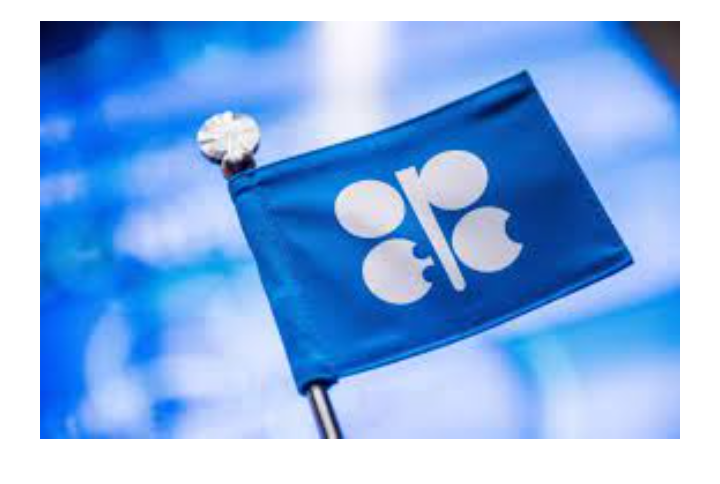OPEC To Moderate Market Supply Not To Drive Down Oil Price, As Russia Boost Production

The Organization of Petroleum Exporting Countries (OPEC) is streamlining production output to keep oil prices from falling.
The OPEC+ group has continued to return modest volumes of supply to the market, cautious not to sink oil prices as demand weakens after the summer. The production hikes are estimated to be lower than the headline figures suggest—some producers lack the capacity to boost output further, while others are compensating for previous overproduction.
This is however coming as Russia raised its oil production close to the ceiling in the OPEC+ deal, Russian Deputy Prime Minister Alexander Novak said on Wednesday.
While the lower-than-planned production increases support oil prices, they also reduce the spare capacity of the OPEC+ producers. Not that many of them have any meaningful spare production capacity. Except for Saudi Arabia, the United Arab Emirates (UAE), and Iraq, the other members of the OPEC+ alliance are likely maxed out, leaving the market in a precarious position when the next supply shock occurs. This could emerge with another flare-up in the Middle East or more sanctions on Russia or Iran.
Over the past three years, the OPEC+ cuts, which at one point withheld supply equivalent to about 5 per cent of global consumption, have supported oil prices. But the spare capacity that the cuts left have also eased fears of shortages during all the Israel-Iran flare-ups since 2023, for example.
However, as OPEC+ proceeds with reversing these cuts, now tapping its last layer of reductions of 1.65 million barrels per day (bpd), the spare capacity in those producers that do have it is shrinking. So is the ability of the market to absorb the next supply shock.
In today’s fragmented and volatile geopolitical situation, this shock could occur any day and expose the limitations of the OPEC+ alliance in managing a “stable” oil market, as it likes to say.
Insufficient spare capacity will not be able to offset a major shock to supply. Analysts have also warned that the market is overestimating the size of said spare capacity.
On the part of Russia, Novak was quoted as saying by Russian News Agency Interfax, “Production is growing… Just as we are unable to decrease it quickly, we are increasing it steadily. We will fulfil our quota,”.
Russia’s oil production in August was about 90,000 barrels per day (bpd) below its OPEC+ quota.
Russia’s oil production averaged 9.173 million bpd in August, compared to the 9.259 million bpd ceiling in the OPEC+ deal, which also takes into account Moscow’s compensation for previous overproduction.
For September, Russia is allowed to produce 9.415 million bpd under the agreement, including compensation, which reduces its quota.
Asked about the September output, Novak said that “We were close to or on roughly the same level as the quota,” Interfax reported.
Russia stopped reporting production numbers after the invasion of Ukraine and OPEC and analysts rely on sources and vessel-tracking data to estimate the Russian oil production and supply levels.
Last month, reports emerged that Russia’s oil producers may have to reduce output as intensified Ukrainian drone attacks have damaged critical export and port infrastructure.
State pipeline firm Transneft, which handles more than 80% of all the crude oil pumped in Russia, has warned producers that it may have to accept lower volumes on its system, industry sources close to Russian oil producers told Reuters in the middle of September.
At the same time, Russia extended the ban on gasoline exports and introduced a ban on non-producers to export diesel by the end of the year.
The extension of the gasoline export ban and the introduction of a diesel export ban for trading companies is not surprising, as fuel shortages have emerged amid intensified Ukrainian drone attacks on Russian refineries and other energy infrastructure.
Russia has not commented on the extent of the damage done by Ukrainian drones, but various reports have said that at least 10 refineries have been targeted with drones by Ukraine, and some of them have sustained damages and had to temporarily halt crude intake.